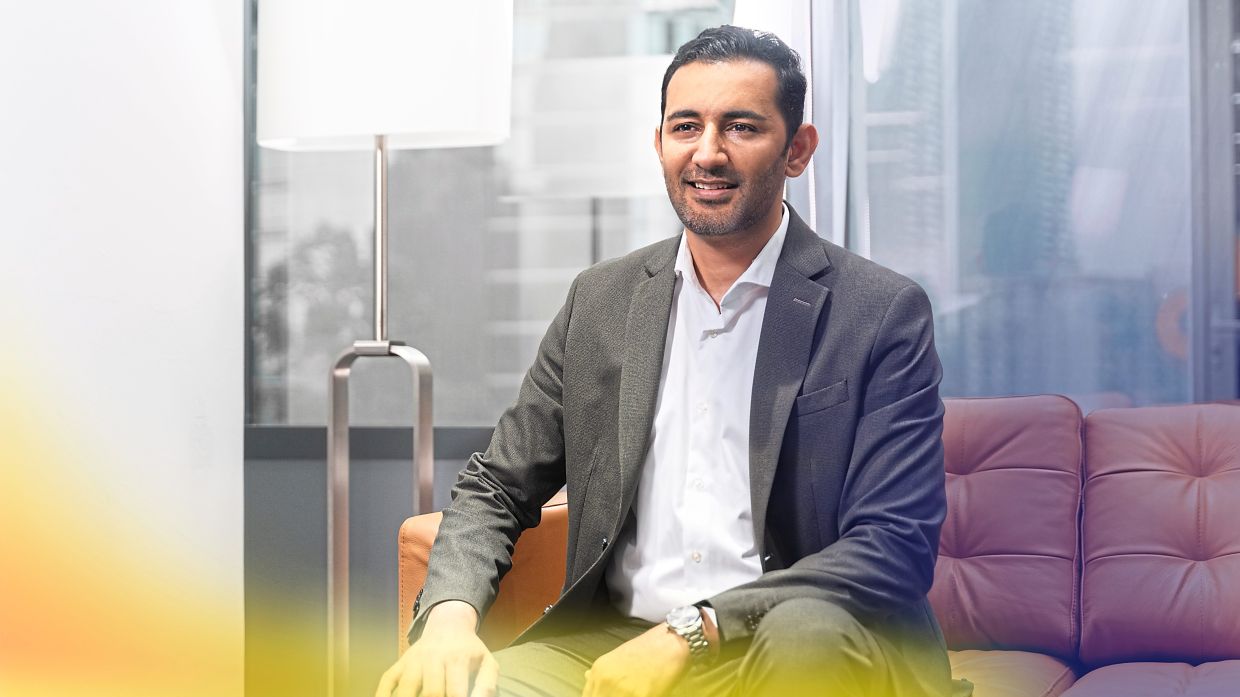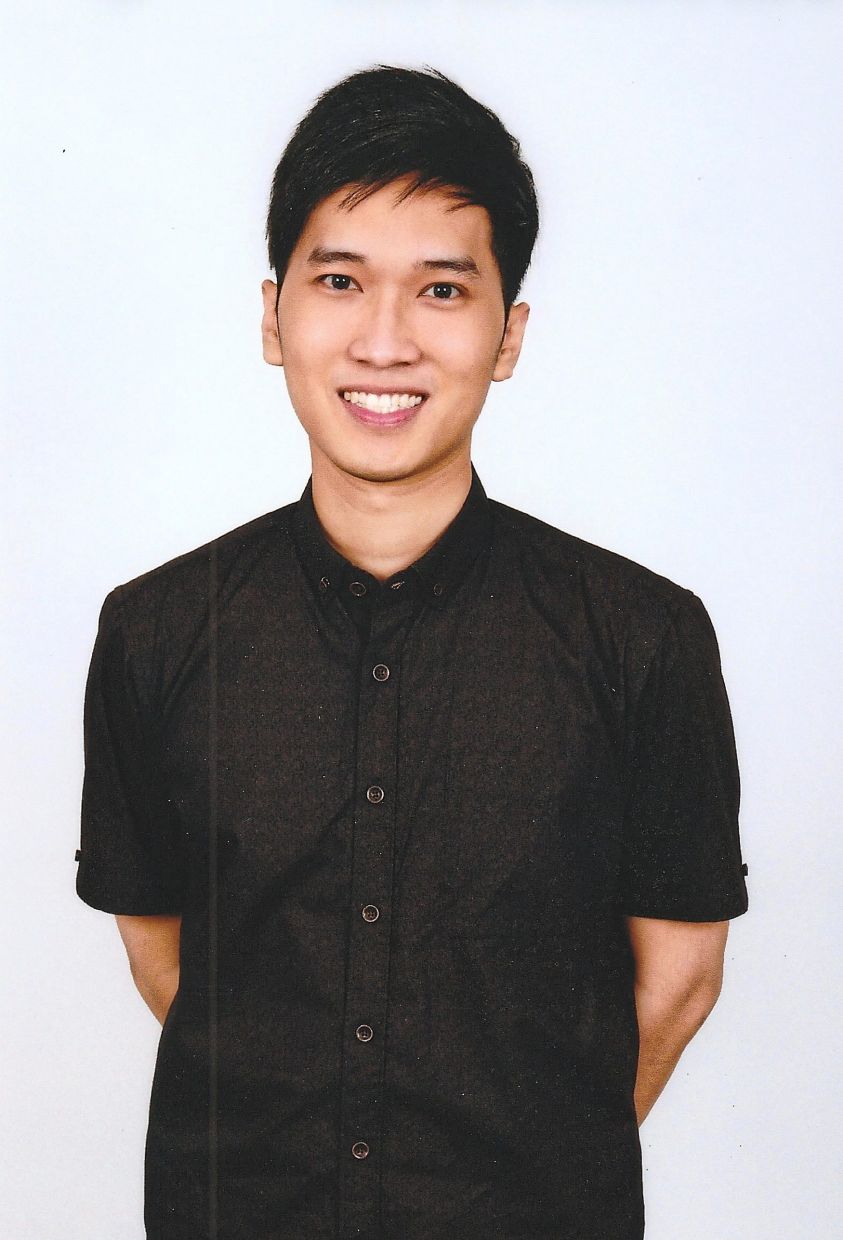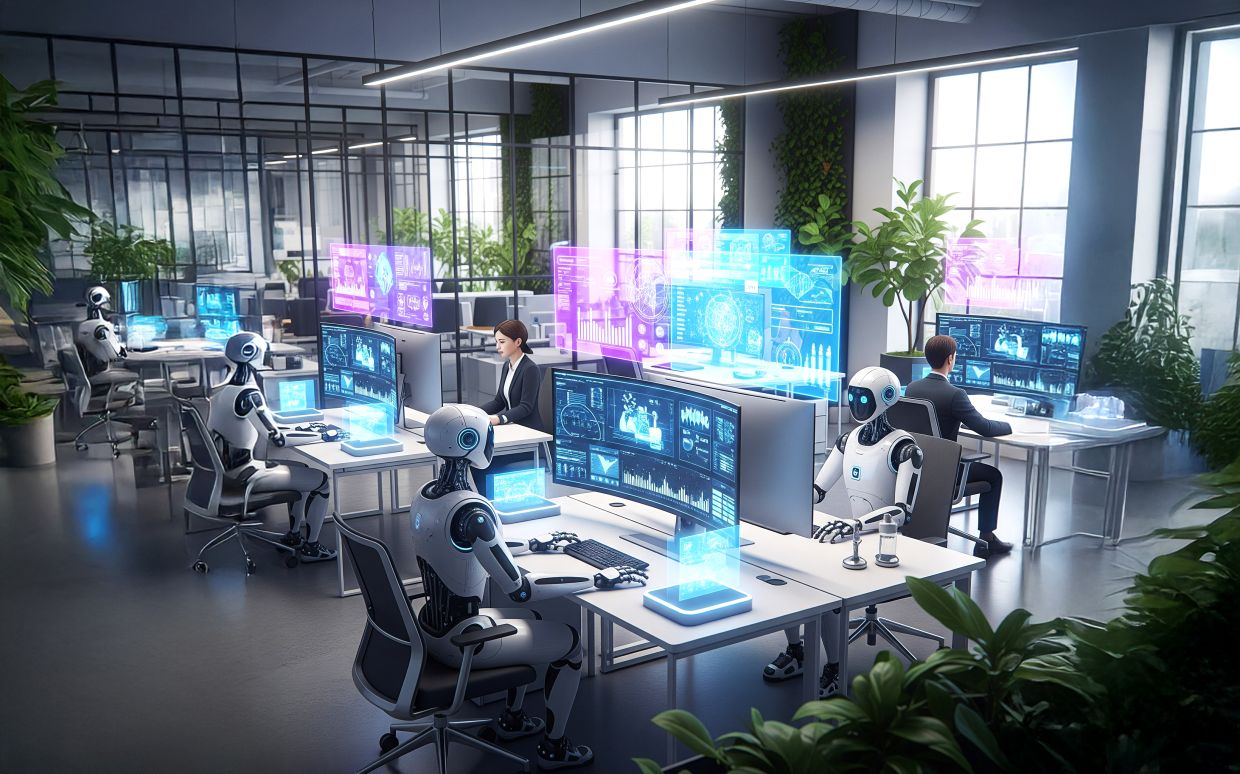EVERY year on Aug 31, Malaysians celebrate National Day, the day our country gained independence in 1957. The word “merdeka” means freedom, and it reminds us of the courage of those who fought for our country’s independence.
This year’s National Day celebrations will take place at Dataran Putrajaya in Putrajaya. The theme for the upcoming celebrations is Malaysia Madani: Rakyat Disantuni, emphasising inclusivity and unity.
On National Day, the whole nation comes alive with flags, parades and fireworks. Streets and schools are decorated with the Jalur Gemilang, our national flag.
You can see people waving small flags, wearing clothes in red, blue, yellow and white, and joining in fun activities to show their love for Malaysia.
One of the most exciting parts of National Day is the parade. Soldiers, police, school children and cultural performers march through the streets, often accompanied by music, drums and colourful floats.
Traditional dances and performances also showcase the rich culture of Malaysia, from the Minangkabau in Negri Sembilan to the Ibans in Sarawak.
National Day is also a time to remember our history. Long ago, Malaysia was made up of separate states under British rule.
Leaders Tunku Abdul Rahman Putra al-haj, Tun Tan Cheng Lock and Tun V. T. Sambanthan played important roles in our country’s independence, and on Aug 31, 1957, the Union Jack was lowered, and the Jalur Gemilang was raised for the very first time.
For children, National Day is a fun and exciting day. You can make flags and join school performances. You can also sing patriotic songs like Negaraku or this year’s theme song, Malaysia Madani Rakyat Disantuni (Datuk Seri Siti Nurhaliza). It is a day to feel proud of our country and understand the meaning of freedom.
We received many letters from Starchild readers on the topic, National Day. We will run the second batch of letters next week.
Michelle Tan Mei Kuan, 10, writes, “To celebrate the 68th Hari Kebangsaan, we have decorated our classroom with the Jalur Gemilang and will prepare a small party. Everyone is encouraged to bring food from home to share with our classmates. We are allowed to wear our traditional clothes, making the celebration even more colourful and meaningful. Before the party begins, my class teacher will encourage us to find the meaning of Malaysia’s Hari Kebangsaan.
“We will then share what the word ‘Madani’ means to us, reflecting on important values such as unity, respect and progress. It will be a special day where we proudly honour our country’s independence and celebrate the true spirit of being Malaysian.”
“I hope to watch the National Day parade on television with my family. I like seeing the soldiers, dancers and flags on the screen. National Day makes me happy and proud to be Malaysian,” says Yuvann Marimuthu ,12.
Firasy Al-hawaariy Fakhruddin, nine, says: “Recently, my school had a celebration for National Day. We sang Negaraku and waved the Jalur Gemilang. Happy National Day, everyone.”
Six-year-old Fahri Al-humaidi Fakhruddin, writes: “My parents have put up the Malaysian flag outside our house in Semenyih, Selangor. I hope to watch fireworks together on
National Day. Selamat Hari Merdeka, Starchild friends!”
Five-year-old Maryam El-haura Fakhruddin says:
“In kindergarten, we made small flags for National Day. We also coloured pictures of Malaysia’s map.”
Youngest sibling Fadi Al-hylmi Fakhruddin, two, says: “Selamat Hari Merdeka!”
Jayden Tan Li Sheng, 12, “My classmates and I are making origami birds and drawing small Malaysian flags to hang around our classroom. We also created posters and showcased our creativity based on this year’s 68th Merdeka 2025 celebration and the theme, Malaysia Madani: Rakyat Disantuni. Besides that, we decorated the room with red, white, blue and yellow balloons and even wrote patriotic quotes on the walls. The classroom feels festive and full of Malaysian pride!”
Elirose Paulina Arulandan, eight, writes: “Merdeka means freedom, and it reminds me that our country worked hard to be independent. Every time I see the Jalur Gemilang, I feel proud to be Malaysian.”
ITEM: Butterflies are some of the most beautiful insects in the world. They have colourful wings and flutter gracefully from flower to flower. Do you like butterflies too? Starchild readers, share with us three fun facts you know about butterflies.
Email your contributions to lifestyle@thestar.com.my by Sept 12. Please put “STARCHILD: Butterflies” in the subject line of your email. Scanned drawings should be in jpeg format, with a resolution of 200dpi.
Your contributions must carry your full name, age (open to children aged 12 and below only), gender, phone contact, and address. Instead of handwritten letters, please type out your letters.
National Day parade of over 10,000 at Batu Kawan Penang

The crowd snapping photos and watching the parade of armoured vehicles during last year’s state-level National Day celebrations at the Esplanade in George Town, Penang. — Filepic
The 68th National Day state- level parade in Batu Kawan, Penang, will feature nearly 150 contingents and over 10,000 participants.
State Assembly Speaker Datuk Seri Law Choo Kiang said the four-hour celebration themed Madani Malaysia: Rakyat Disantuni (Caring for Citizens) will start at 7.30am tomorrow at the Penang State Stadium.
The celebration will reflect the government’s vision of strengthening national development through compassion, social well-being and justice, he said.
“The ‘Malaysia Madani’ concept balances material and spiritual progress, encompassing economic growth, integrity in governance and social unity.
“‘Rakyat Disantuni’ emphasises the government’s commitment to prioritising the people’s welfare,” Law added in a media statement.
Yang di-Pertua Negeri Tun Ramli Ngah Talib, his wife Toh Puan Raja Noora Ashikin Raja Abdullah, Chief Minister Chow Kon Yeow and various state leaders will be attending the celebration.
“This year’s parade will feature 122 marching contingents from various state and federal departments, statutory bodies, government-linked companies (GLCs), non-governmental organisations (NGOs) and 7,533 participants,” said Law.
“There will be 22 vehicle contingents comprising 958 participants and 676 vehicles as well.
“A total of 10,072 individuals, including organising committees and working personnel, will be involved in the event,” he added.
The celebration, expected to be lively, will include an appearance by the SMJK Jit Sin choir, cultural dancers, the Muhibah Drum Ensemble and guard-of-honour unit of the 2nd Battalion of the Royal Malay Regiment.
There will also be 21 state and federal agency exhibition booths and a display of assets by the Fire and Rescue Department, police and the armed forces.
An estimated 10,000 visitors are expected at the event aimed at fostering national unity, patriotism and appreciation for the country’s achievements.
Related posts:








